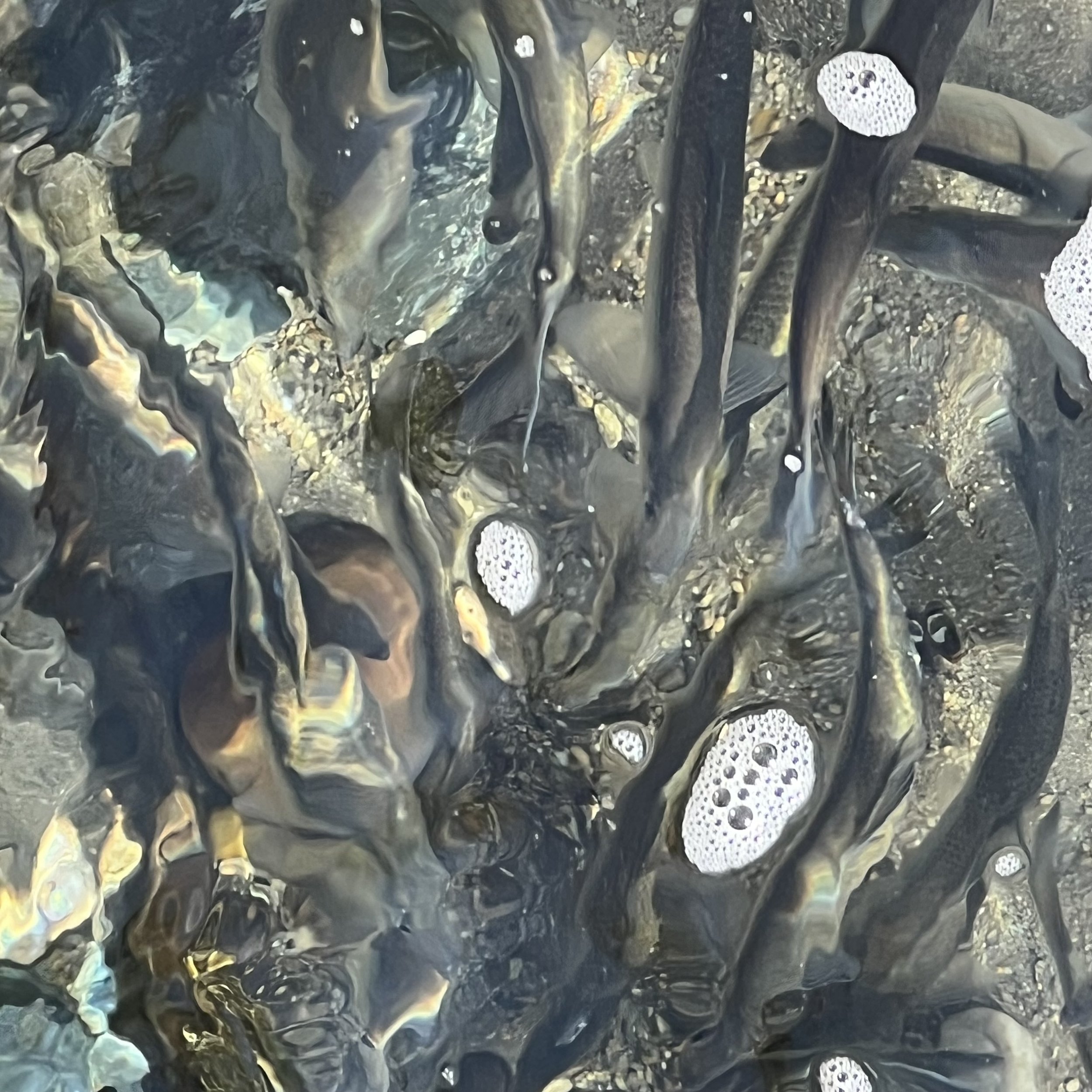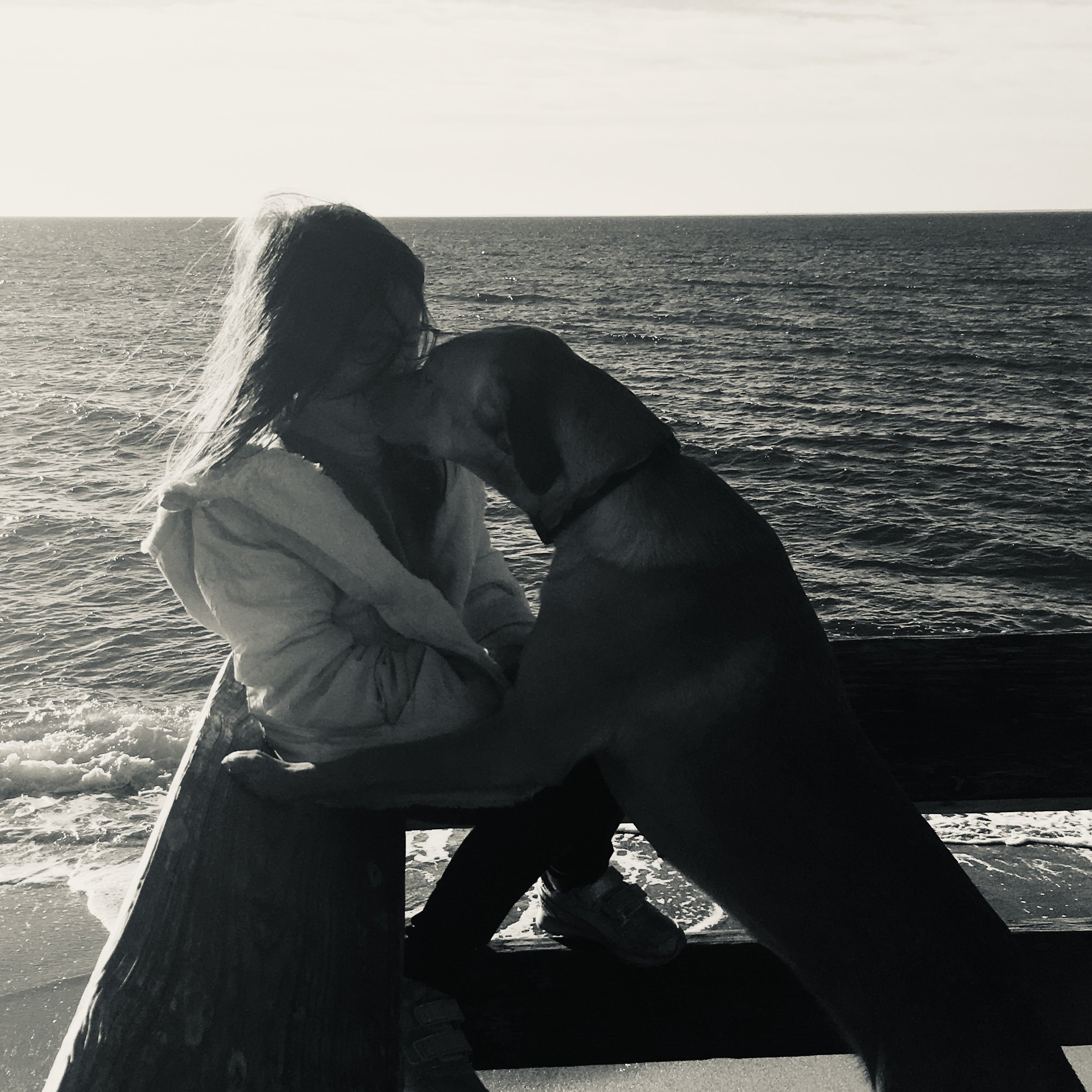Art. Life. Place. - A Blog

The Case of the Vanishing Alewife Run
In the woods behind the house there is an old alewife run. The waters of the very upper reaches of the Childs River no longer flow, and the alewife don’t run. Today, the river is little more than a dry ditch snaking through a cathedral-like white pine forest, but it was once an active alewife fishery that harvested upwards of 150 barrels of fish per year. The alewife run was a victim of industry - first mill works and later cranberry harvesting. But alewife runs can return. Throughout New England river passage is being restored through the removal of damns and culverts, and the restoration of river channels. Thanks to these efforts, river herring are returning to native watersheds. While herring runs are being restored all throughout New England, the restoration of the Childs River alewife run is complicated.

Art, Life, and Place: The Crossroads of Creativity, our Identity, and the Environment
Art and life are inextricably linked, and the places we live shape our experiences and perspectives. Place also plays a critical role in the creation of art. Our sense of place is intimately tied to our sense of self, and the places we inhabit shape our identities and the stories we tell about ourselves. The communities we grow up in, and the landscapes we traverse, all leave their mark on us. They influence our beliefs, values, and perspectives. Art allows us to explore and understand the relationship between place and identity. Art is also a way to share our experiences about place, making it a powerful tool to connect with others and build community.

Acadian Redfish - the Fish that Served a Nation
Acadian redfish played an unexpected, but important role in World War II as the United States grappled with shortages of traditional protein sources. To feed both the population at home and the troops abroad, the nation turned to alternative food sources. Redfish was also used to produce fish meal for fertilizer and animal feed, helping to conserve other protein sources, such as soybean meal and meat, for human consumption.

Learning to Fly
Fish. It is one of several four letter f-words that serves equally well as a noun or a verb. The verb only implies the pursuit of the noun - it says nothing of the result. If you spot me that definition, I can confidently say that I have fished. In almost every manner, I’ve fished. I’ve trawled, I’ve trolled, I’ve dipped, I’ve jigged, and I’ve casted. But that doesn’t mean I know how to fish. Believe you me, I am no fisherman.

Haddock or Cod? Know Your Scrod
“Waiter - I’ll have the baked scrod” And with those words uttered from restaurant to restaurant across the Commonwealth and beyond, the confusion began. Scrod isn’t a fish. Wait, what?
Well, it’s a fish - but it’s not a species of fish.
